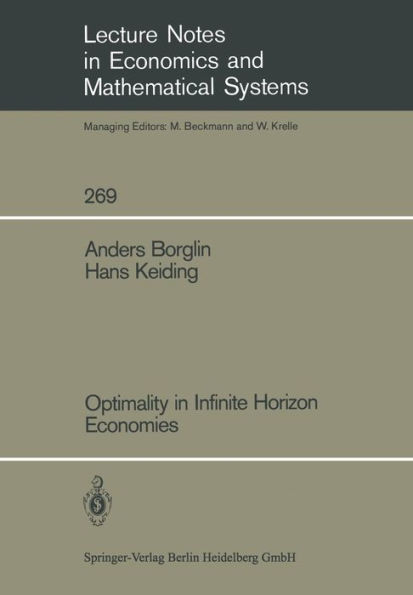Modern welfare economics as it is known today to economists took its final shape with the emergence of the Arrow-Debreu model. The classical conjectures about the beneficient workings of markets together with the converse statement, that optimal (in the sense of Pareto) allocations may be sustained by prices and markets, has laid a firm foundation for further research in welfare economics. But more than that, it has inspired researchers to take up entirely new topics, notably by closer considerations of situations where the assumptions of the original model may seem overly restrictive. One of these new directions has been connected with generalizing the model so that it takes into account the possibility of infinitely many commodities. On the face of it, the idea of an infinity of commodities may seem a mathematical fancy having no "real" counterpart in economic life. This is not so, however. Quite to the contrary, infinity enters in a very natural way when it is taken into account that economic transactions take place over time. 2 In the Arrow-Debreu formalism, time may be incorporated into the model in a very simple way using dated commodities. Thus two commodities are considered as being different if they are to be delivered at different points of time.



